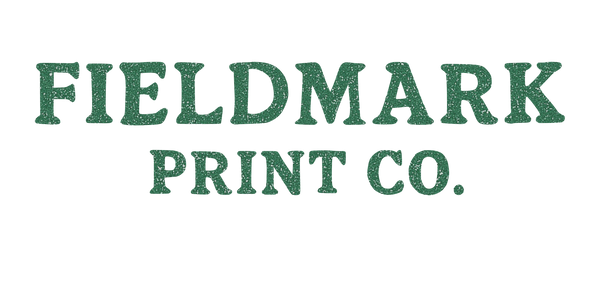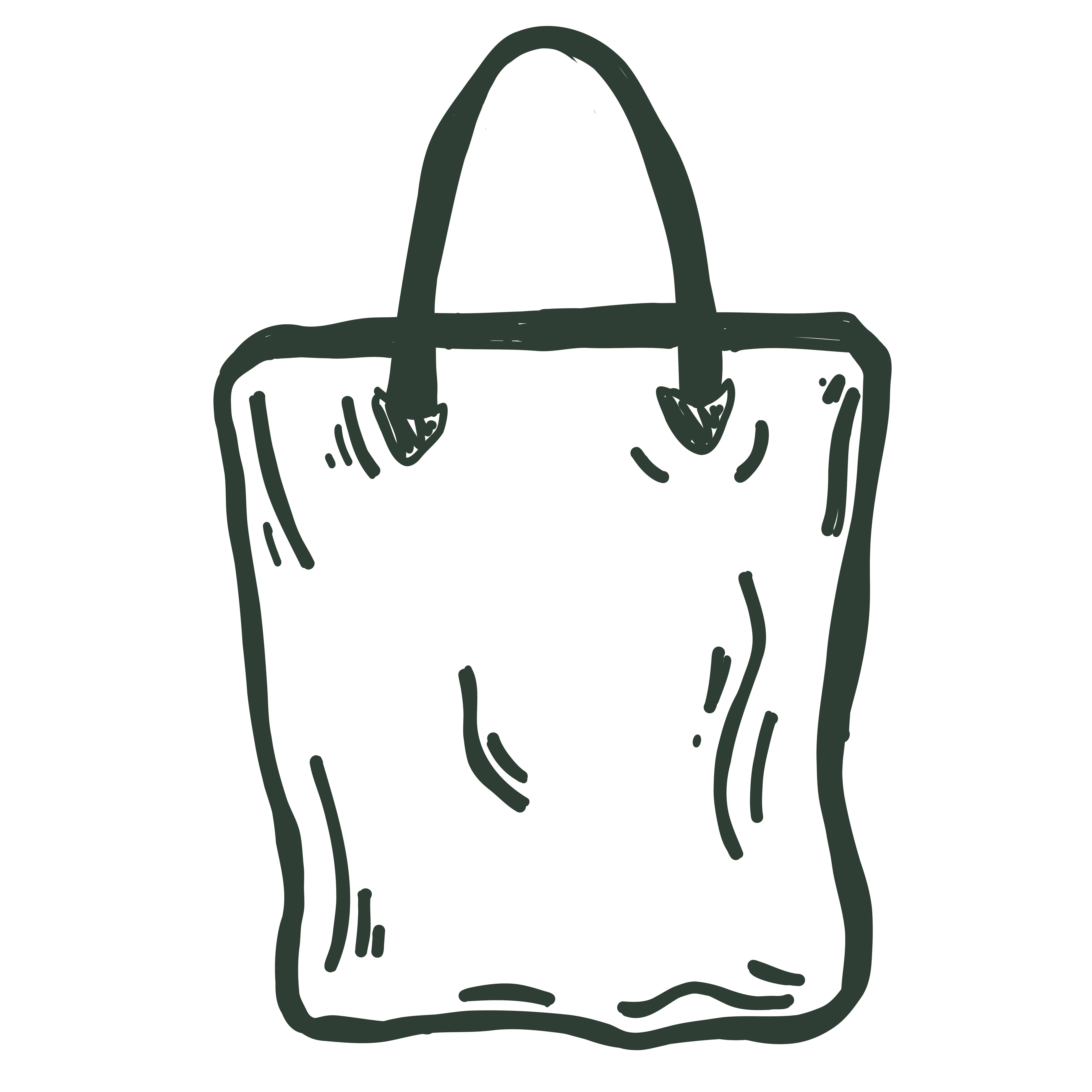Foraging, the practice of gathering wild plants, mushrooms, fruits, and even flowers, has deep roots in the Midwest. For me, when done thoughtfully and with respect, it’s a way to connect with the land, eat seasonally, and appreciate the ecosystems that surround and sustain us. Even without taking foods, I believe learning to identify and notice which plants are present in certain areas and certain times of year, allows us to feel more connected to the place we inhabit. But, before taking anything from the landscape, it's important to treat the land and our ecosystems with care, so make sure you know what’s safe, what’s respectful, and what’s allowed.
Know the Rules Before You Go
Check local regulations.
Each park, preserve and nature area have their own specific rules so always check the park’s website or posted signage for current regulations. Many state and county parks allow you to forage for personal consumption, but sometimes only if it's eaten within the park. Nature preserves, however, often prohibit any disruption to the landscape, but every area is different.
Private property.
Never forage without permission. A quick, friendly conversation with a landowner can open doors, and save you from trespassing.
Protected species.
Some native plants are threatened or endangered. Learn to identify these and leave them undisturbed.
Harvest with Care
Take only what you need.
A good guideline is to harvest no more than 10–20% of what you find, leaving plenty for wildlife and regrowth. You never want to remove an entire group of the plant. When harvesting greens, berries, or flowers, don’t pull up the roots unless that’s the edible part (many areas prohibit the harvesting of roots, so check regulations) and only if you know that plant is abundant in the area.
Leave no trace.
Carry out all trash, tread lightly, and avoid damaging surrounding plants while you gather.
Safety First
Be 100% sure.
Only eat what you can positively identify. Many edible species have poisonous look-alikes, something that I refer to as an “evil twin”. When starting out bring a field guide or go with someone experienced. I started with plants that are most easily identifiable like the pawpaw and persimmon, but berries and mushrooms can be tricky!
Watch out for pollutants.
Avoid roadsides, industrial areas, or places where pesticides or runoff may contaminate the soil.
Start small.
Even safe wild foods, like the pawpaw, can upset your stomach if you’re not used to them. Try a little first and see how your body reacts.
Foraging Etiquette
Don’t overharvest popular spots.
If you find a patch near a trail, leave enough for others to enjoy (and discover). Hikers, birdwatchers, and other park visitors are enjoying the outdoors too. Be considerate.
Teach respectfully.
If you’re introducing friends or kids to foraging, emphasize safety and stewardship as much as finding something to eat.
A Closing Thought
Foraging in the Midwest isn’t only about gathering food, it’s about forming a relationship with the land, seasons, and ecosystems. Thoughtful harvesting makes sure they remain part of the place we call home. By following the rules and practicing good etiquette, you ensure that these plants remain part of the place we call home andl thrive for future generations.

